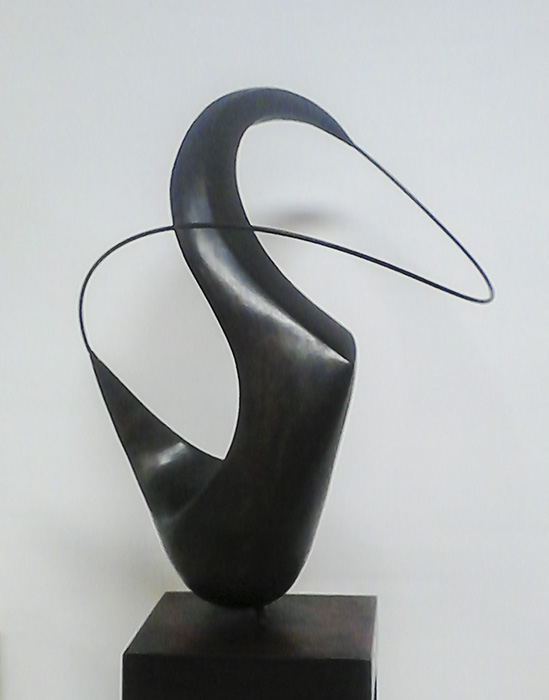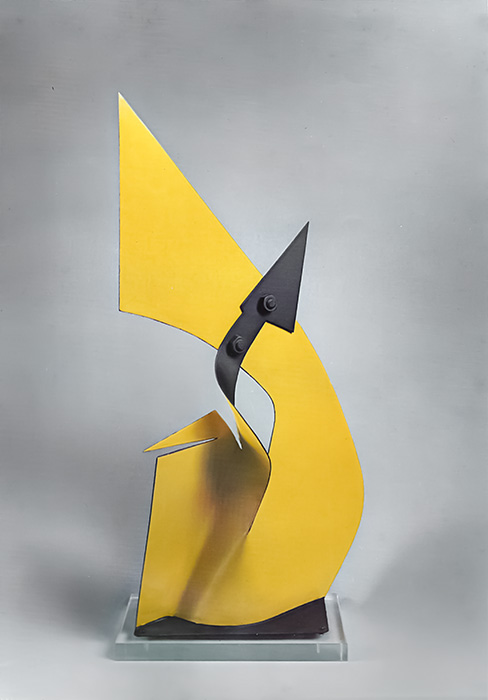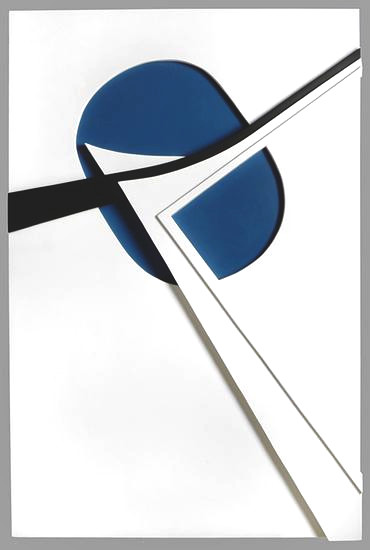María Juana Heras Velasco
María Juanas Heras Velasco (1924 – 2014). In 1945 she graduated from the teaching staff of Cience in the Normal School n1 “Pte. Roque Saenz Peña”, in Buenos Aires where she settled with her family. After completing the teaching degree, and encouraged by her parents, began her training artistic.
In 1946 she attended the Altamira free school of plastic arts, where she studied drawing and painting with Emilio Pettoruti, and sculpture with Lucio Fontana.
In the same place, she took lessons of esthetic with Jorge Romero Brest and also, of Vision with Héctor Cartier. In 1947, after the school was dissolved, she continued to attend classes with Pettoruti in the old building of Charcas 1783: after some time, she set up her own workshop with their teachers and another artists like Pablo Edelstein, Víctor Chab and Febo Martí. From then on, and until the beginning of the `60 participated in national and provincial salon.
In December 1952 she married Alberto Victoriano and with him she shared the interest in poetry and prose, including that of the so called “bet generation”, which manifested itself in some of their works. Together they made three trips to Europe in 1964, 1971 and 1980, they visited also New York City.
She held her first individual exhibition in 1958, in Van Riel gallery. Shortly after, in the middle of the years `60 the artist abandoned the tradicional techniques of the sculpture to start or experiment with others materials and procedures of industrial origin. So, she made sculptures and motifs in acrylic reliefs, like many artists then, due to the calls made by the Salón Plastica con Plasticos (MNBA, 1966), and organized by the Cámara Argentina de la Industria Plástica and the salon of artists with acrylics of Paolini (MAMBA, 1972 y 1973).
In 1971 she presented at the Arte Nuevo gallery the first of her Transposeñas, as she would call from now on many of her sculptures. The artist conceived these works from elements of urban signs. She seeks with her pieces of art speak the language of her time, generor strangeness and reflection on the omnipresence of these artefacts of normative character that are part of the urban landscape that we inhabit. The Tranposeñas and the urban landscape, from now on will be the axis of her many of individual exhibitions.



